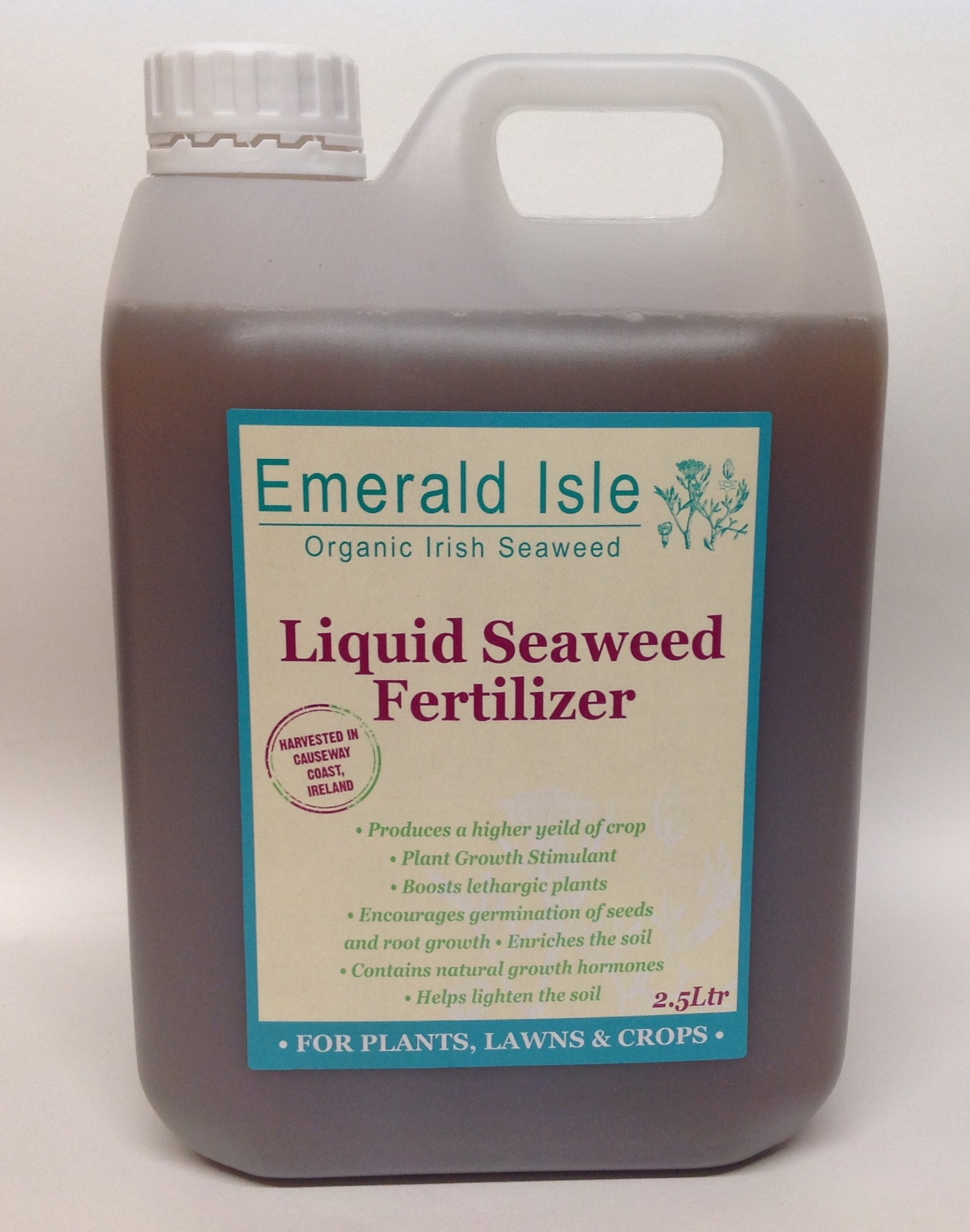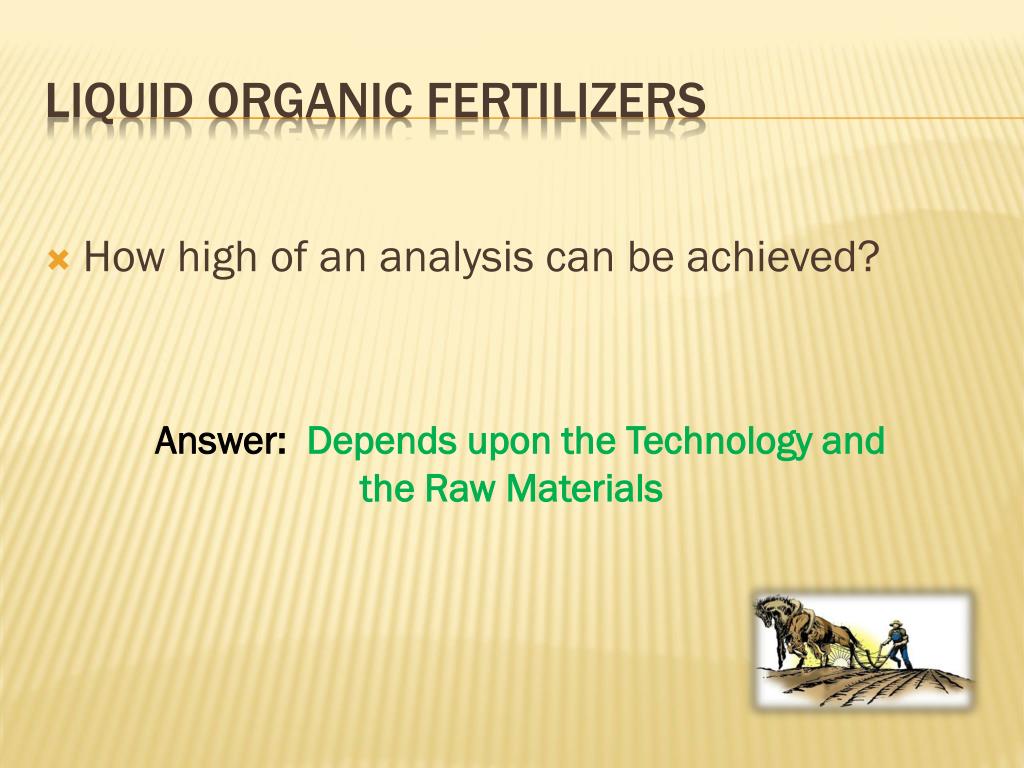

Liquid fertilizer can be applied 7 to 10 days after germination of the plants and is continued if necessary.įigure 14.Even if diluted, if applied directly to plant leaves, liquid fertilizer can burn plants.Undiluted liquid fertilizer can burn plants.When mature, undiluted liquid fertilizer can be stored in a container of any size for a long time.It is strongly advised to mulch the plant base before using the liquid fertilizer. Dilute a volume of this liquid in fifteen to twenty volumes of water (1 for 15 to 20) and finally to use this diluted solution by spraying the base of the plants once or twice a week.

Liquid fertilizer can be used for nurseries, gardens, fruit trees, and other large crops.īefore using it, it is necessary to extract the liquid portion out of the mixture.
Knowledge base of liquid fertilizers how to#
How to use liquid fertilizerĪfter 14 days, the liquid fertilizer is ready to use. It is also necessary to cover the container after each mixture so that the rainwater does not dilute it but also for sanitation reasons. It should be emphasized that liquid fertilizer should be produced in the shade and must remain in the shade, sheltered from the direct rays of the sun. After this first mixing, it is necessary to mix the liquid fertilizer with the stick every day for 5-10 minutes for 2 weeks: on the one hand, it allows the mixture to oxygenate and on the other hand, the more you stir, the quicker the decomposition process and the better the quality of the fertilizer will be. rats, chicks).Ĭoncerning the stick, it is used to mix the different ingredients together in order to have a solution similar to a "sauce".

These other ingredients can include: mud from fish ponds, remains of fish, carcasses or remains of (unpoisoned) small animals (eg. Note that in addition to these ingredients, other ingredients can be added in order to increase the nutrient value of organic liquid fertilizer. Source: ECHO West Africa Impact Center Staff

It reaches the edge of the container so that, when stirring, the solution does not spill out.įigure 13. Water completes the last third of the contents of the container.For ash, it brings minerals and potassium to the fertilizer which regulates its pH. The living earth, helps to increase the varieties of useful microorganisms. The living earth and ash 2 to 3 shovelfuls of each.It occupies 1/3 of the contents of the container. Green matter is a source of sugars and minerals. The green matter is green grass or green leaves.If possible, combine different types of animal manure to achieve the best results. The manure, a source of nitrogen, occupies 1/3 of the contents of the receptacle chosen for the manufacture of the liquid fertilizer.These ingredients add up according to defined proportions and objectives below: The ingredients used are: manure of any animal species, green matter, living earth, ash, and water. Source: ECHO West Africa Impact Center StaffĪs for the ingredients, the organic liquid fertilizer is very economical in ingredients. Otherwise, these products can kill the good bacteria and other microorganisms responsible for the organic decomposition of organic matter into organic liquid fertilizer.įigure 12. Organic liquid fertilizer. Regarding the container, it should not have leaks or traces of oil or petroleum products or other toxic products. To make or prepare the organic liquid fertilizer, it takes a container, the ingredients, and a stick to mix the solution. These were practical manufacturing sessions showing how to make organic liquid fertilizer and how to utilize it. From January to June 2017, during the ECHO trainings in rural areas and during the forums, this topic of organic liquid fertilizer was presented to our trainers so that they can master this indispensable tool for the success of their agricultural activities. This fertilizer is rich in nutrients and must be diluted before application in fields or gardens. Indeed, organic liquid fertilizer is obtained after only 14 days of aerobic biological decomposition of a mixture of organic matter, water, and other locally available elements. This technique responds to two major concerns of farmers: the production time and the efficiency of organic fertilizer. One example of this is the technique of manufacturing organic liquid fertilizer. Source: ECHO West Africa Impact Center Staffįaced with the challenges of smallholders in terms of agricultural inputs and the limitations of mineral fertilizer, ECHO's West Africa Impact Center has provided farmers with practical and economic knowledge.


 0 kommentar(er)
0 kommentar(er)
